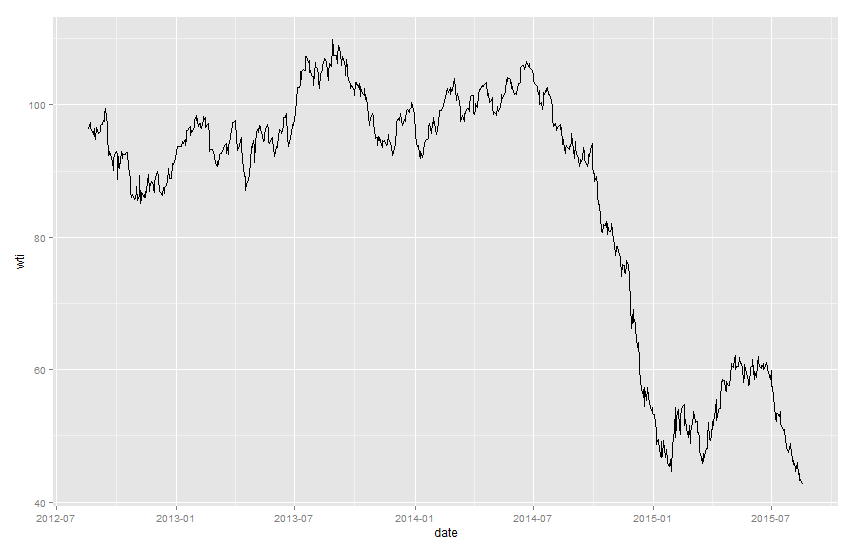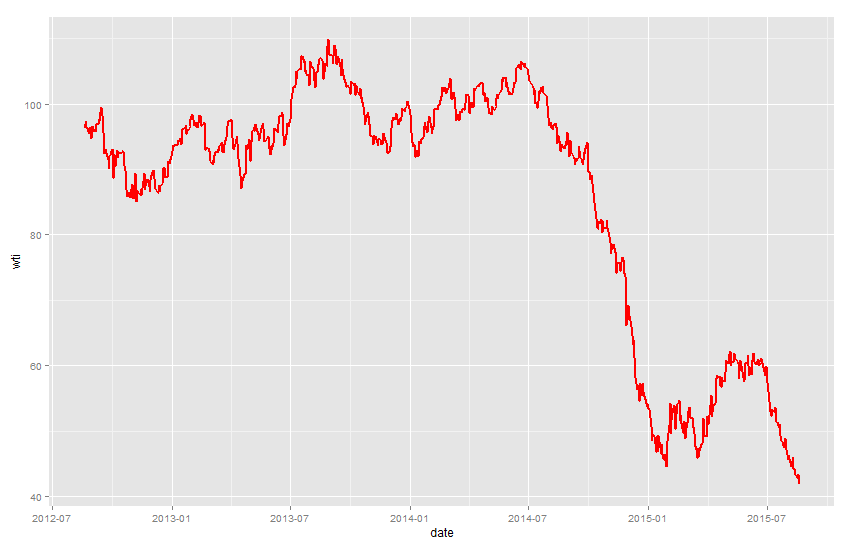I have long considered myself a libertarian, but with conservative leanings, where conservative implies a respect for established customs, beliefs, cultures, and social organization. It relies on bottom-up social processes and resorts to governmental re-ordering only when necessary to ensure negative rights.
I compare this to what today, at least in the U.S., is called liberalism, which is a system of belief which holds that the human condition can be improved by top-down engineering and that material progress is the paramount concern of those in need of the social engineers’ help, often referred to as the masses. I here use “masses” less as a socioeconomic descriptor and more as a state of mind, which is dominant in all classes of American society today.
Conservatism is hard to pin down because it is not an ideology (I am not talking about anything that has to do with the Republican Party in this post). It is more a mode of thought that is as varied as the persons contemplating its meaning. There is no orthodox conservatism as there is Marxism or even libertarianism, with its Non-Aggression Axiom.
In an attempt to sharpen my thinking as to what conservatism really is, I read Russell Kirk’s foundational The Conservative Mind: From Burke to Eliot. It would take thousands of posts to do the book justice, but I’ll start with what Kirk calls the six canons of conservative thought:
- “Belief in a transcendent order, or body of natural law, which rules society as well as conscience.”
- “Affection for the proliferating variety and mystery of human existence, as opposed to the narrowing uniformity, egalitarianism, and utilitarian aims of more radical systems.”
- “Conviction that civilized society requires orders and classes, as against the notion of a ‘classless society’.”
- “Persuasion that freedom and property are closely linked: separate property from private possession, and Leviathan becomes master of all.”
- “Faith in prescription and distrust of ‘sophisters, calculators, and economists’ who would reconstruct society upon abstract designs.”
- “Recognition that change may not be salutary reform: hasty innovation may be a devouring conflagration, rather than a torch of progress.”


